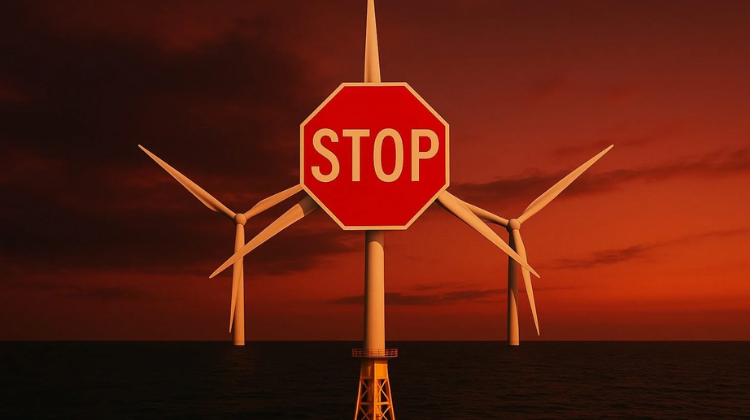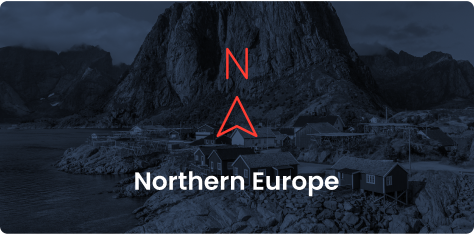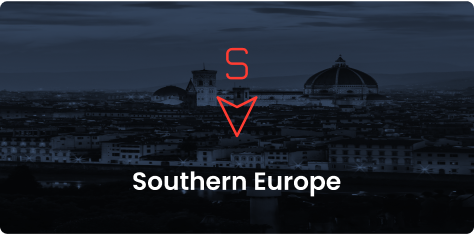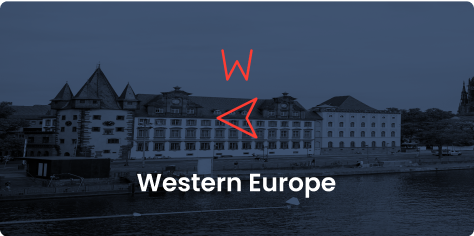Romania’s first Contracts for Difference (CFD) auction was hailed as a major success by Sorin Elisei, General Director of the Energy Policies Directorate at the Ministry of Energy. “It exceeded our expectations,” he states to Strategic Energy Europe, adding that the process “was transparent, clear and well communicated.”
The auction offered 1.5 GW of capacity—1 GW for onshore wind and 500 MW for solar. Results surpassed targets, with 1,096 MW in onshore wind and 432 MW in solar awarded. According to Elisei, the standout feature was the pricing: “Strike prices were 20% to 30% below the maximum levels set.” Specifically, the average awarded prices were €65/MWh for wind and €51/MWh for solar.
The scheme is already influencing the wider energy market. “PPA pricing in Romania now uses the CFD auction as a benchmark,” notes Elisei, adding that pre-auction PPAs had been priced “in a higher range than expected.”
An expanded second round with regulatory improvements
Romania has launched a second CFD round, significantly larger and with improved rules. “We’re offering 2,000 MW for onshore wind and around 1,500 MW for solar,” Elisei confirms. The government has also lowered the maximum strike prices: €80/MWh for wind (down from €82) and €73/MWh for solar (previously €78).
Among key changes, the 25% cap on awarded capacity per developer has been removed. Also, the maximum capacity for marginal offers increased from 110% to 120%, allowing competitive bids to be awarded even if the target capacity is reached. “We’re focused on ensuring a competitive environment, which developers will appreciate,” says Elisei.
The ultimate goal is clear: “We want to see these projects online and delivering green electricity to the grid.”
Installed capacity and 2030 targets
As of early 2025, Romania’s installed renewable energy capacity stands at 14.6 GW: 6.6 GW hydropower, 5 GW solar and 3 GW onshore wind, including utility-scale systems and prosumers.
The National Energy and Climate Plan (NECP) sets ambitious 2030 goals: 8.2 GW solar and 5.8 GW wind, contributing to the EU-wide renewable targets. “These include both utility-scale and distributed generation,” Elisei notes.
Offshore wind: Romania’s next frontier
Romania is also developing its offshore wind strategy. “There have been several studies, with technical potential estimated in the dozens of gigawatts,” Elisei says. The national energy strategy sets a target of 3 to 3.5 GW by 2032–2033.
The ministry is currently gathering expressions of interest from engineering firms for zone mapping studies. “Once the consultancy team is selected, we aim to move quickly,” he adds. CFDs are also under consideration for this segment, and the design will reflect the unique features of offshore wind.
Storage, hydrogen and grid modernisation
In 2024, a key amendment to the energy law removed double taxation on storage systems, enabling fairer market participation. “This in itself creates a market space,” Elisei states.
The government will also launch a new subsidy scheme in Q4 2025 to support both standalone and behind-the-meter battery systems, with €150 million from the Modernisation Fund.
Regarding grids, transmission and distribution operators currently invest “hundreds of millions of euros annually,” Elisei explains. Projects include grid reinforcement and expansion, aligned with the growing renewable base.
Green hydrogen for industry
Romania’s National Hydrogen Strategy is in its final phase. Covering the horizon to 2030, it targets heavy industrial users. “We are looking to replace fossil fuels—especially natural gas—in sectors like refining, chemicals and steel,” the authority explains.
Some projects are already underway under Romania’s Recovery and Resilience Facility. Green hydrogen is also envisioned for public transport systems near industrial hubs. “We’ve identified six hydrogen valleys or ecosystems,” he adds. Financing will combine grants and private sector leverage.
PPAs, guarantees and regional positioning
Romania’s PPA market has grown rapidly in the past two years. “There’s strong demand and a lot of new capacity,” Elisei confirms. The ministry is working to transpose RED III, join the AIB for Guarantees of Origin, and create public guarantees or EU-backed counter-guarantee funds to de-risk PPA contracts.
With its strategic geography and interconnections, Romania aims to become a regional energy security provider. “We have Black Sea access and multiple power and gas links,” he underlines. The country continues to pursue a balanced energy mix, combining nuclear, hydro, renewables and gas as a transition fuel. “We want a bit of everything, but with strategic depth,” he concludes.
Romania’s auctions
Over 4.3 GW of projects applied in Romania’s first CFD round, and the second auction will be funded by €3 billion from the EU Modernisation Fund. Meanwhile, Energía Estratégica reports that over 1,200 renewable projects—totalling 60 GW—already hold grid connection approvals, although only 11% are fully permitted and few include storage.
Furthermore, Romania’s incoming president has reaffirmed the country’s pro-EU and green energy stance, adding political certainty for investors looking at long-term opportunities in the region.































